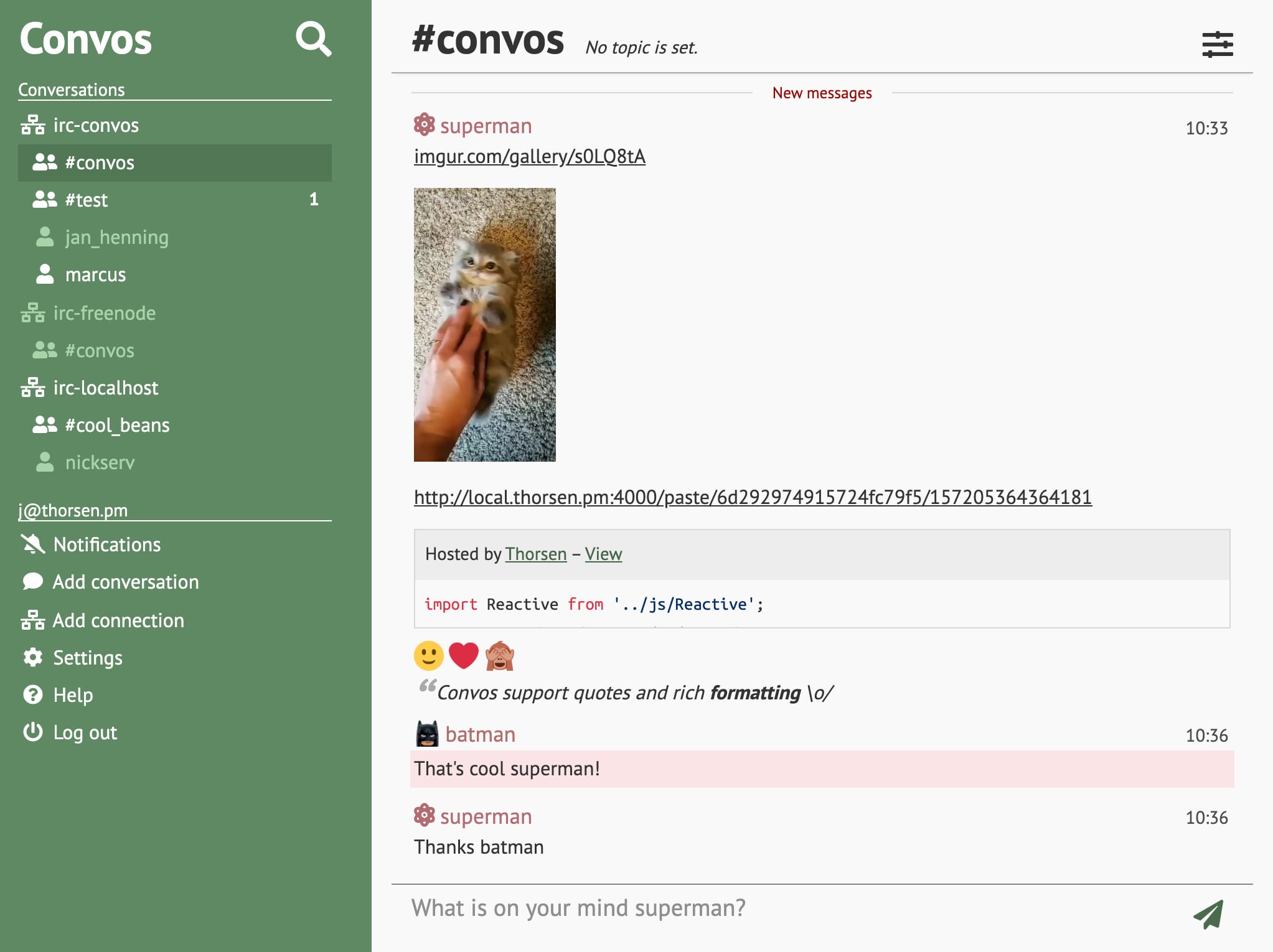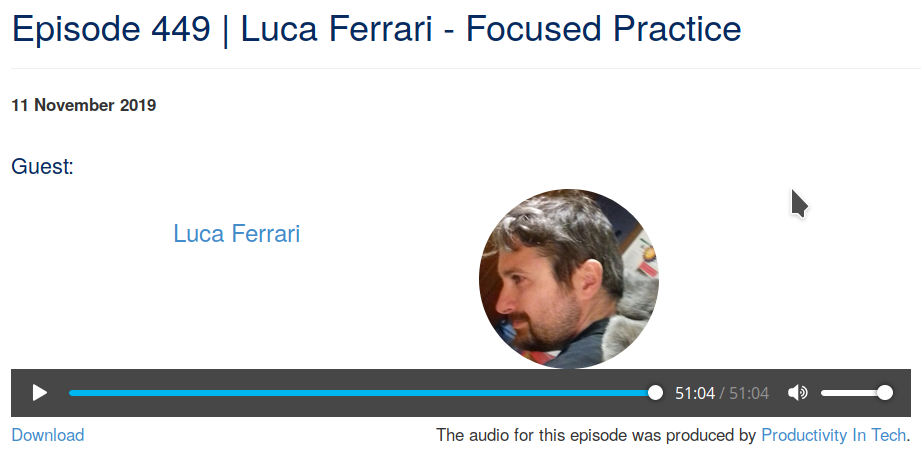Paws XXVI (The Big Clean)
So time to hold on a bit and go back and and see if my latest changes have broken anything or for that matter fixed something that was already broken?
So back to my tests script and and I got my first fail on
'PutBucketCors'
and surprise it was a bit of Mooso poop.
You must pass a package name and it cannot be blessed at /wwwveh/lib/x86_64-linux-thread-multi/Moose/Meta/Attribute.pm line 867
Moose::Meta::Attribute::get_value('Moose::Meta::Class::__ANON__::SERIAL::12=HASH(0x4ad5358)', 'http://www.example.com') called at /home/scolesj/aws-sdk-perl/
So I checked the generated 'PutBucketCors,pm' file with one from a clean .41 build and there was no changes there so it must be someplace else?
Well lots of debugging later I found it here


